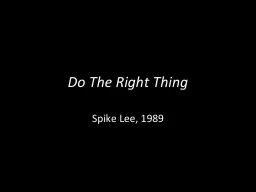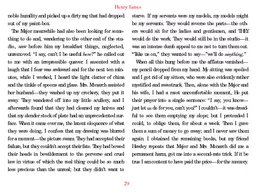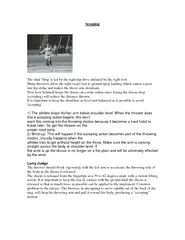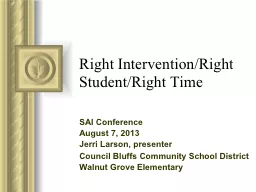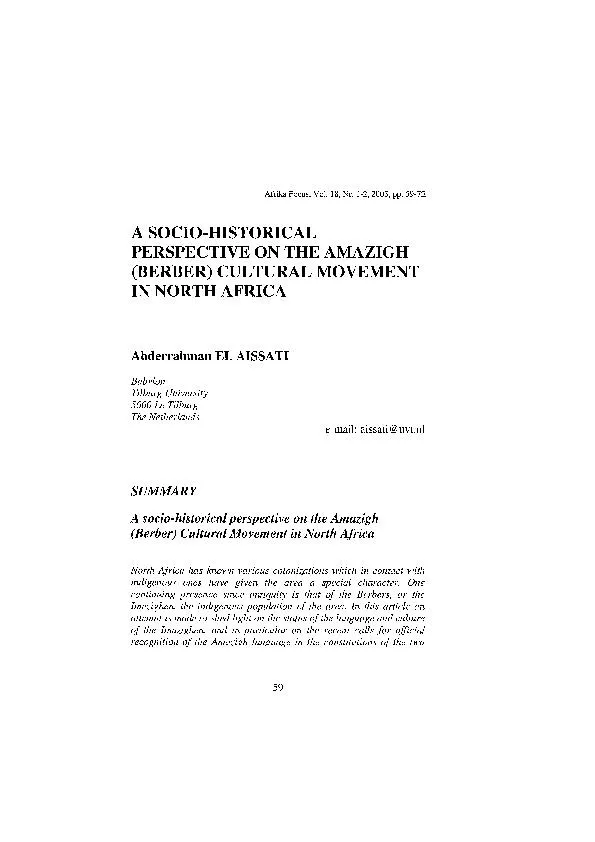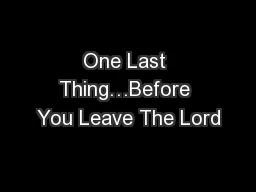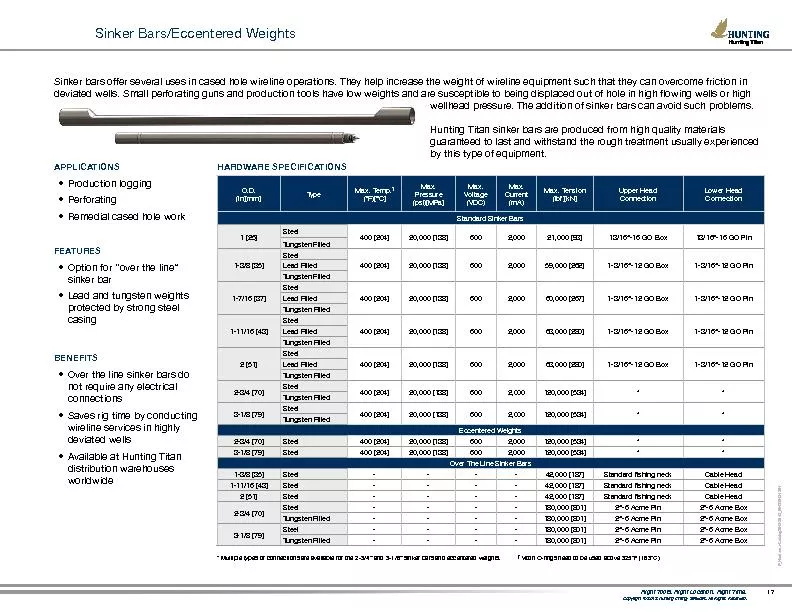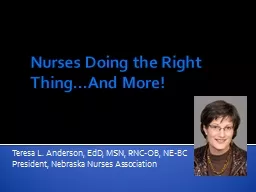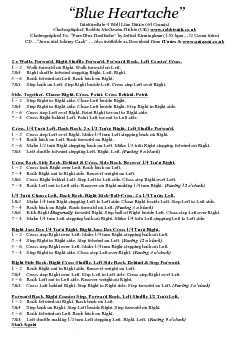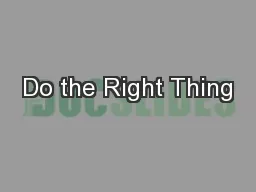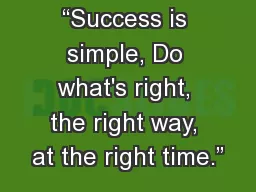PPT-Do The Right Thing
Author : karlyn-bohler | Published Date : 2015-09-28
Spike Lee 1989 Review Montage vs Mise enscene Continuity Editing ShotReverse shot Do The Right Thing 15501630 Mother Sister and Da Mayor Eyeline match Jump
Presentation Embed Code
Download Presentation
Download Presentation The PPT/PDF document "Do The Right Thing" is the property of its rightful owner. Permission is granted to download and print the materials on this website for personal, non-commercial use only, and to display it on your personal computer provided you do not modify the materials and that you retain all copyright notices contained in the materials. By downloading content from our website, you accept the terms of this agreement.
Do The Right Thing: Transcript
Download Rules Of Document
"Do The Right Thing"The content belongs to its owner. You may download and print it for personal use, without modification, and keep all copyright notices. By downloading, you agree to these terms.
Related Documents

